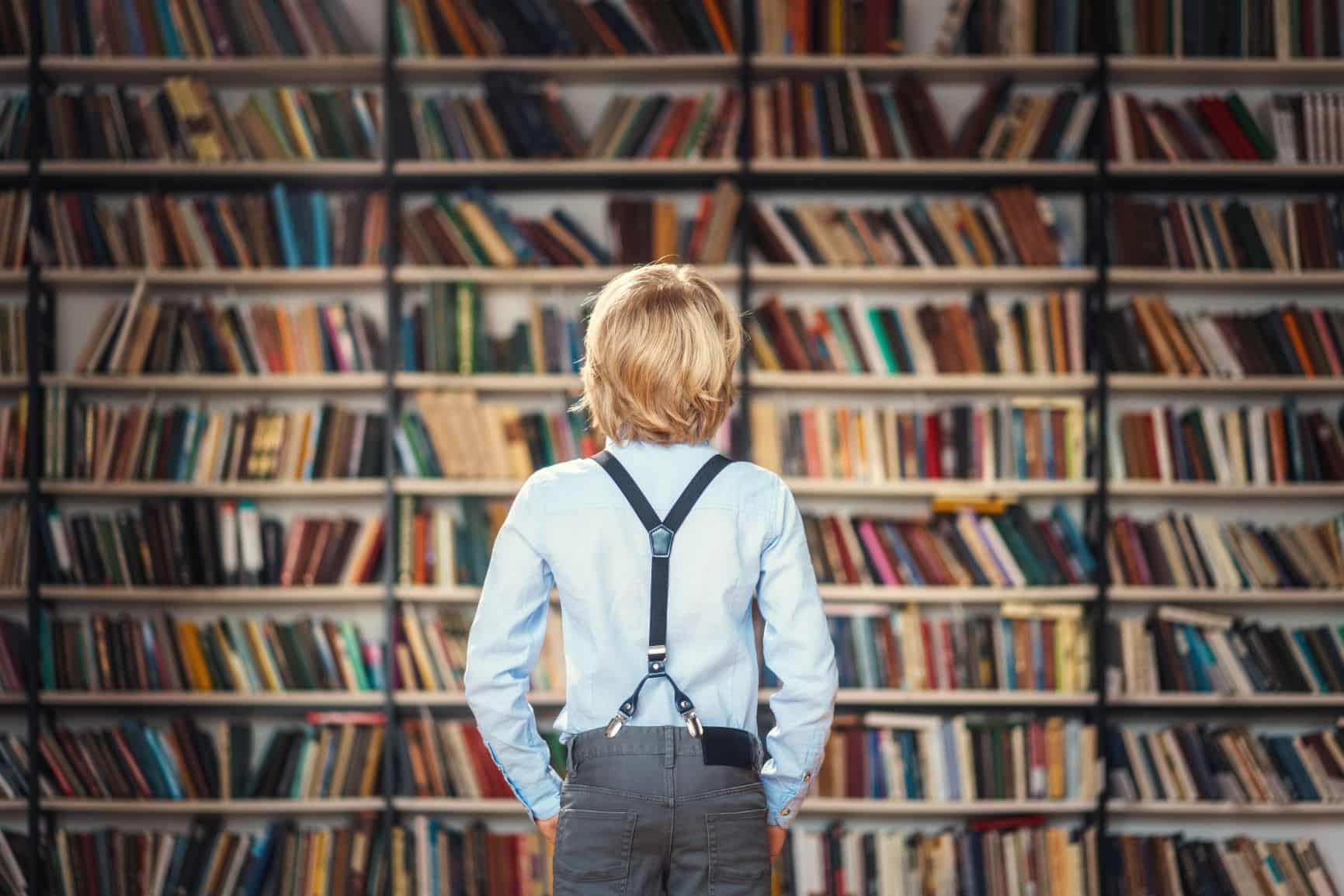Did you know there is no statutory requirement for schools in England to have a school library? The decision ultimately falls to the head teacher. Reassuringly, research does suggest that most schools have some library facilities in place for their pupils. However, the quality of those facilities is questionable and very likely to differ between schools, dependent on budget. A report conducted by the National Literacy Trust delves deeper into the importance of libraries towards a child’s development and looks at the different fundamentals that make a library great!
How do school libraries benefit pupils?
Most parents and pupils will underestimate the importance of school libraries and the role they play in supporting learning and education. A review commissioned by the Scottish Library and Information Council found that there is a considerable amount of evidence to show that school library facilities have an impact on:
- Higher test or exam scores equating to academic attainment
- Successful curriculum or learning outcomes, including information literacy
- Positive attitudes towards learning and reading habits
Key findings
Data collected from the National Library Trust (2016) shows that 67% of pupils aged between 8-16 in the UK said they use the school library with 64% saying they use it at least once a week. However, school library use declined rapidly with age with only 39.5% of pupils aged 14-16 saying they use the library. Interestingly, school library use is also related to ethnic background. In 2016, pupils from Asian backgrounds (77.9%) were most likely to say that they use the school library, followed by pupils from black backgrounds (71.4%) and mixed-race backgrounds (66.2%). And lastly, pupils from white backgrounds were least likely to use the school library (64.5%).
These stats show that a large proportion of pupils like to use their school library, however, there is room for improvement, especially in terms of how often students are using the library. Unfortunately, some school libraries lack essential facilities such as specific reading materials, laptop loans, e-books and support clubs which would perhaps encourage students to use the facilities more.
The fundamentals that make a great library…
The current state of school library facilities can be evidenced by several things, including:
- The quality of stock
- Staffing
- Technology amenities
- Library budgets
Many studies have examined all these elements in detail to determine the level of impact they have on a child’s education. The National Library Trust revealed evidence which suggested that libraries with increased numbers of print volumes, periodical subscriptions and video materials found that pupils test scores were higher than those where access to these educational materials was more limited.
A report written by Scholastic 2016 called ‘School Libraries Work’, found that test scores tend to rise with increases in the number of librarians and the number of hours they work. In general, test results were higher in schools that had a full-time librarian on-hand to assist with questions and find the appropriate reading resources. In addition to reading materials and staffing, technology now plays a big role in how students access, analyse and organise information and ultimately use it to further their studies; and as both pupils and teachers find new ways to teach, learn and simplify tasks, school libraries can promote and facilitate the learning of evolving 21st-century core skills. Ultimately technology will help prepare students for the digital future and have a positive impact on the education process. School librarians may also want to take on the role of teaching pupils how to use computers and technology ethically and sensibly.
“The school library can be about many things – it can promote and support leisure-time reading, contribute to the social development of the students in the school and provide a place to study and do homework. Importantly, the library can be a learning resource centre to support all the predominant modes of teaching and learning in the school, ranging from teacher-led lessons to independent student learning and e-learning.” – Chartered Institute of Library and Information Professionals
How can D-Tech help?
D-Tech is a leading supplier of high-performance technology products and services for public spaces. Our award-winning EM, RF, RFIQ and RFID technology will help your school library to facilitate and organise library resources whilst making them readily available and easily accessible to pupils, with the aim to encourage them to further utilise library facilities. With an impressive record of continued success, we have earnt a reputation as creative solution providers and forward-thinking developers of new products to meet rapidly developing consumer education and demand.
Find out more about D-Techs RFID technology here.
Download the report – School Libraries: A literature review on current provision and evidence of impact here.







